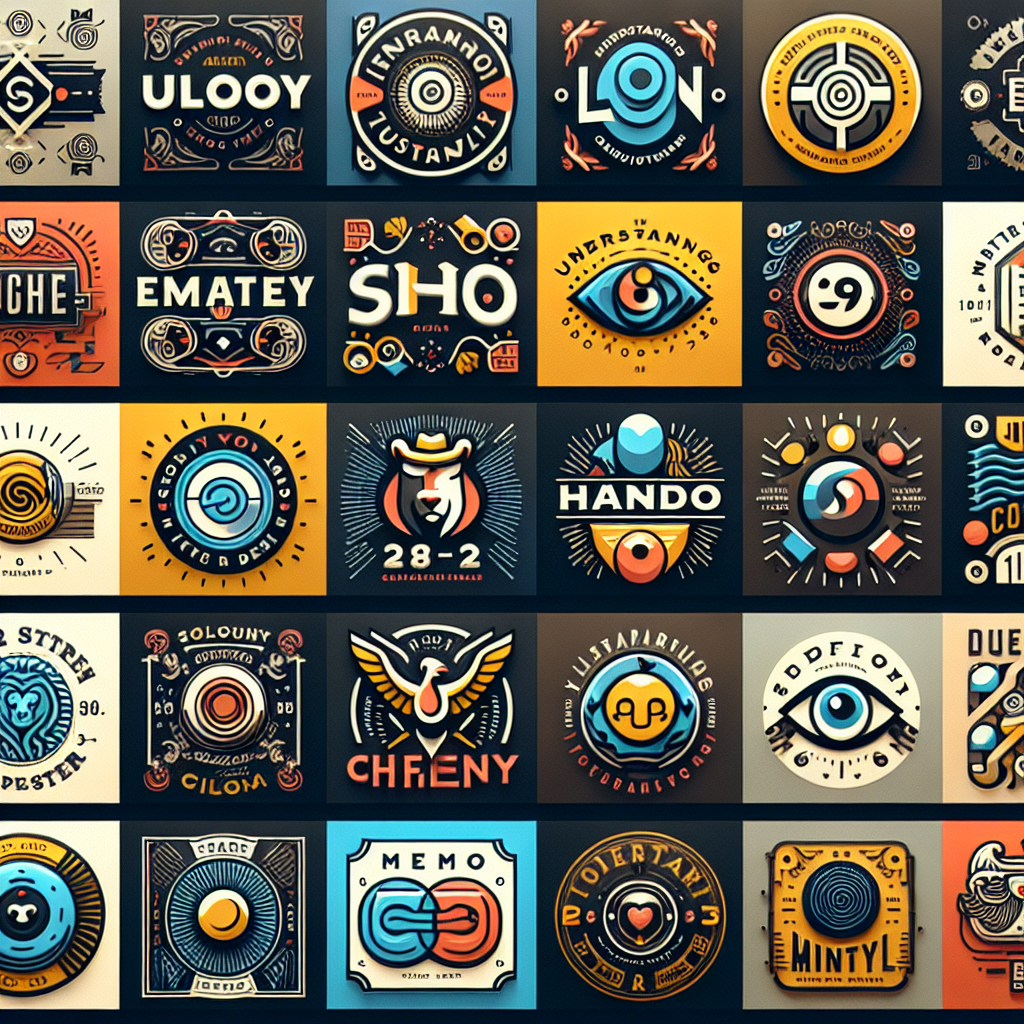Logo design is not merely about creating a visually appealing symbol for a corporation, a brand, or a product. It is a nuanced art form with its distinct principles and considerations that can make or break a company’s public perception. Designing a logo requires a deep understanding of the company’s vision, values, and target audience. It is also about understanding design elements and how they can be manipulated to create a memorable, effective, and timeless symbol.
The Essence of Logo Design
Logos are the visual identity of a brand; they are synonymous with the brand’s image and are an integral component of its marketing strategy. A logo must accurately represent the brand and make a lasting and immediate impression on its audience. Therefore, it is fundamental that it is unique, creative, and most importantly, communicates the essence of the brand.
Elements of Logo Design
A well-designed logo integrates colour, form, and typography which collectively conveys the brand’s personality and its story. The color chosen for a logo has its psychological implications on the viewers as each color carries a specific sentiment and emotions. The forms and shapes used also contribute to the overall emotional appeal. Typography, on the other hand, is crucial in setting the tone and personality of the brand. Different font styles communicate different feelings and messages, making it an essential tool for logo designers.
Logo Designing Process
Designing a logo is a comprehensive process that requires strategic thinking, creativity, and an understanding of the brand’s mission and tone. The process begins with research, where understanding about the company, its industry, competitors, and target audience is gathered. This is followed by brainstorming and sketching of various designs. The best ideas are then refined and digitized using design software. All through this process, it is vital to remember that simplicity is paramount in creating a versatile and easily identifiable logo.
Impact of Logo Design
The significance of a well-designed logo cannot be overstated. Logo is the first thing that a customer encounters about a brand, before a product or service is purchased, it influences the customer’s perception of the brand. An uninspiring logo can turn away potential customers while an impactful logo creates a lasting impression. It is a reflection of the brand’s reliability, professionalism, and quality of products or services.
Conclusion
In conclusion, the art of logo design is a specialized discipline that requires a deep understanding of branding principles and design elements. A well-crafted logo goes a long way in establishing a strong brand identity and connecting emotionally with the target audience. It requires careful consideration of many facets, from understanding the brand’s narrative, selecting the right design elements to striking the right chord with the audience. An effective logo design is an invaluable resource that contributes immensely to the success of the brand.
FAQs
A logo is the visual representation of a brand. It creates the first impression, fosters brand loyalty, and sets your brand apart from the competition.
Some factors include understanding of the brand, the target audience, simplicity, versatility, the message that the brand wants to convey, and color psychology.
The cost of a logo design depends on several factors including the designer’s skill and experience, the complexity of the design, and the time it takes to create.
The time to create a logo can vary widely – from a few hours to a few weeks or more, depending on the complexity of the design and the process applied by the designer.
Not necessarily. Some brands opt for a logotype or wordmark (where the logo is purely text), while others use a symbol or an emblem. It totally depends on the company’s preference and the message they want to convey.

